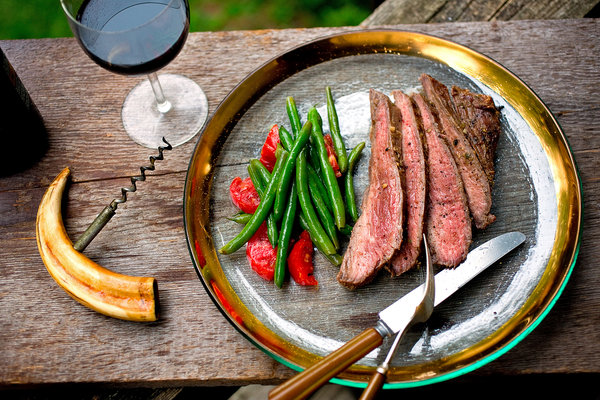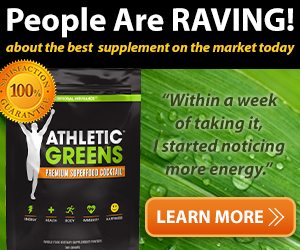Time and again, women want to follow crazy
and super strict diet plans and also
want to do physical exercises that are way too hard on their bodies to reach
the goal of looking beautiful. Most of the time these ladies simply do not
realize that they are blocking their own success for losing weight; they cannot slim down as much as they want, and some are using some super crazy
techniques. This may be related to the quality of the diet, but also the habits
during exercising and dieting.
and super strict diet plans and also
want to do physical exercises that are way too hard on their bodies to reach
the goal of looking beautiful. Most of the time these ladies simply do not
realize that they are blocking their own success for losing weight; they cannot slim down as much as they want, and some are using some super crazy
techniques. This may be related to the quality of the diet, but also the habits
during exercising and dieting.
We at 4HourBody Girl are very worried about the
health of our readers and thinking of them, we created this informative article
that will help make the best
of any “how to lose weight fast” moments.
health of our readers and thinking of them, we created this informative article
that will help make the best
of any “how to lose weight fast” moments.
Chewing wrong, skipping meals or drinking liquids while eating always end up sabotaging the diet. We will explain you
what you should not do while on any diet plans.
what you should not do while on any diet plans.
1 –
Overestimating calorie burning
Overestimating calorie burning
One of the most common mistakes athletes do
is to calculate caloric expenditure during physical activities. On
average, a man spends 77 kcal every kilometer, while women burn about 65 kcal.
However, this result may vary depending on the weight and height of the person
and the exercise intensity.
is to calculate caloric expenditure during physical activities. On
average, a man spends 77 kcal every kilometer, while women burn about 65 kcal.
However, this result may vary depending on the weight and height of the person
and the exercise intensity.
The recommended is to use an online
calculator or a watch with GPS in order to include data such as speed, distance
covered and average heart rate for a more reliable calculation.
calculator or a watch with GPS in order to include data such as speed, distance
covered and average heart rate for a more reliable calculation.
2 –
Eliminate Fat From Diet
Eliminate Fat From Diet
BIG MISTAKE!!! Many are proud not to include even a drop
of oil on salad, or even meats and other foods. However, the body needs fat to
absorb certain vitamins and hormones that regulate appetite and satiety.
Therefore, this strategy can undermine the diet
plans.
of oil on salad, or even meats and other foods. However, the body needs fat to
absorb certain vitamins and hormones that regulate appetite and satiety.
Therefore, this strategy can undermine the diet
plans.
Ideally, fats occupy between 20% and 30% of
daily calories from your diet. Give preference to mono and polyunsaturated
fats, those found in olive oil, and nuts and fish, as well as protect the
heart, yet satiate your appetite. Avoid trans fats and saturated, present in
processed, fatty meats and dairy products in food.
daily calories from your diet. Give preference to mono and polyunsaturated
fats, those found in olive oil, and nuts and fish, as well as protect the
heart, yet satiate your appetite. Avoid trans fats and saturated, present in
processed, fatty meats and dairy products in food.
3 –
Rushing results
Rushing results
Embark on very restrictive diets, bet on
miraculous food and do everything to have a quick weight loss can endanger your
health. Keep in mind that small, but consistent, will help you for a long time
and make you drop the extra pounds in a healthy way.
miraculous food and do everything to have a quick weight loss can endanger your
health. Keep in mind that small, but consistent, will help you for a long time
and make you drop the extra pounds in a healthy way.
Lose weight one pound a week is a
satisfactory result, and you’ll get it by exchanging crisp lunch for an apple,
for example. To stay motivated create rewards, such as buying a new outfit each
completed step.
satisfactory result, and you’ll get it by exchanging crisp lunch for an apple,
for example. To stay motivated create rewards, such as buying a new outfit each
completed step.
4 –
Excessive supplementation
Excessive supplementation
The consumption of energy shakes, bars and
carbohydrate gels have become fashionable among the gym lovers. However, in
less intense (less than 1 hour) exercises your body will not require as much
strength as what is provided by the supplements. If you’re going to take any supplementation, this is the one I take and it is derived from all natural, freeze dried, super foods, for maximum absorption of nutrients.
carbohydrate gels have become fashionable among the gym lovers. However, in
less intense (less than 1 hour) exercises your body will not require as much
strength as what is provided by the supplements. If you’re going to take any supplementation, this is the one I take and it is derived from all natural, freeze dried, super foods, for maximum absorption of nutrients.
In races of less than 60 minutes, or low
and moderate intensity, drink only water. If your workout lasts longer than
that, consume between 30 and 60 g of carbohydrate per hour of exercise
and moderate intensity, drink only water. If your workout lasts longer than
that, consume between 30 and 60 g of carbohydrate per hour of exercise
For more energy and a healthy snack, drink this!
Have a healthy, happy day,
Your 4-Hour BODY Girl




















